SHIN SPLINTS: HOW TO PREVENT & TREAT THEM
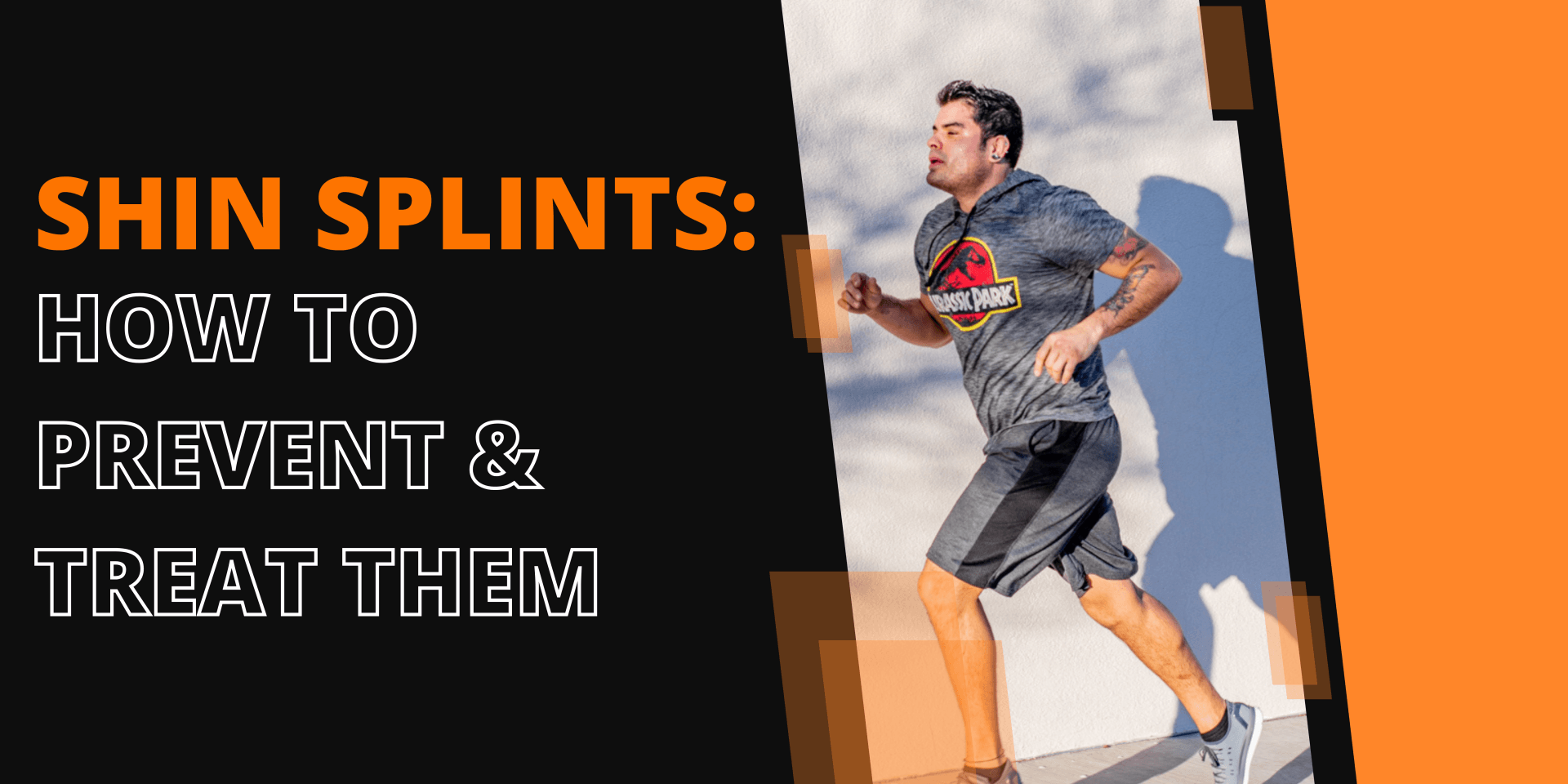
Nothing is more frustrating than getting into the swing of regular exercise only to run into the roadblock of pain or injury, especially the pain of shin splints.
Shin splints are a leg injury that can’t be diagnosed with an X-ray but are just as debilitating as any back injury.
Between 30 and 70 percent of runners get hurt each year and about 35 percent of those injuries are shin splints.
But runners aren’t the only ones who can suffer shin pain. Walkers, dancers, and other athletes who play fast stop-start sports like tennis, soccer, basketball, or downhill skiing also can experience the agony of shin splints.
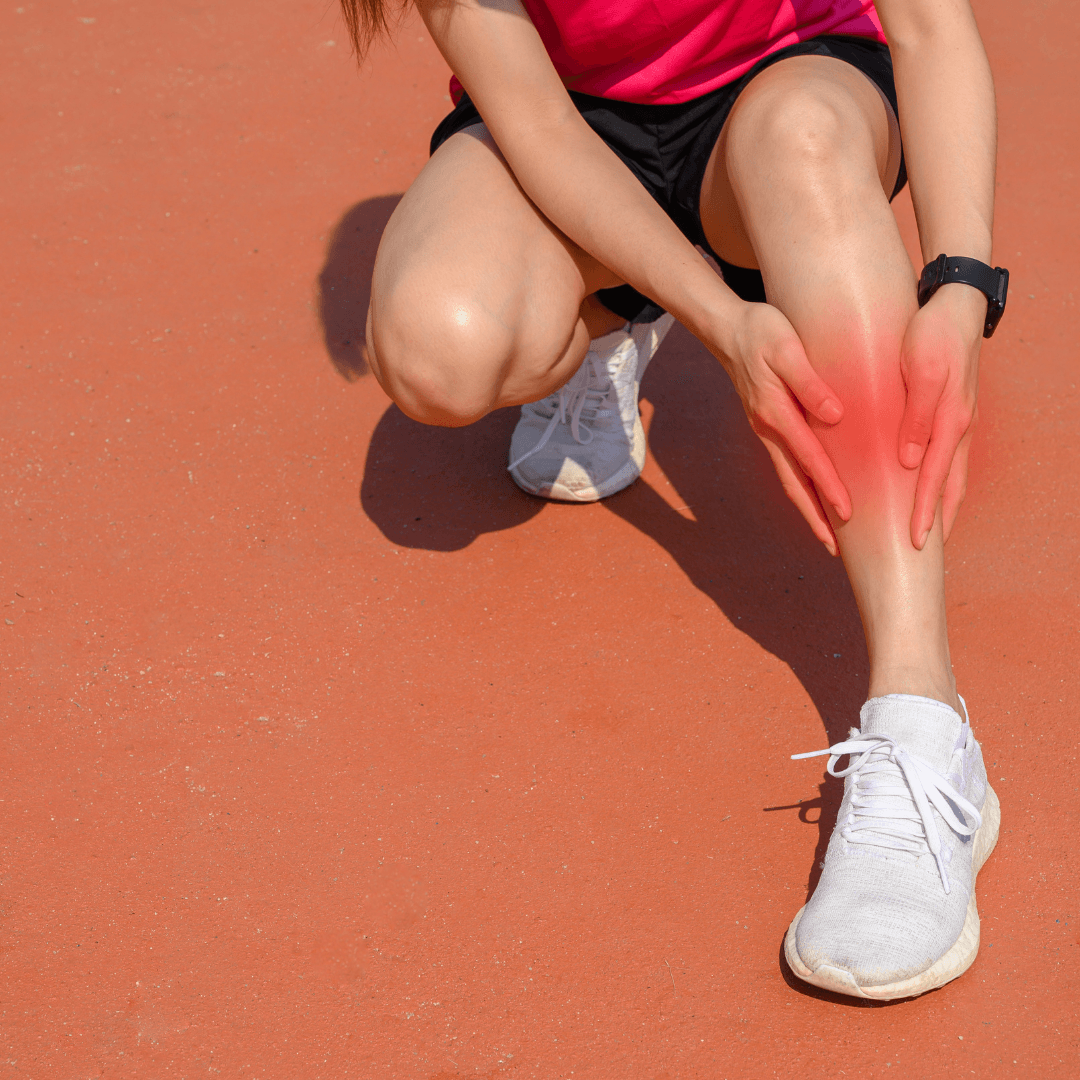
What Are Shin Splints?
The term shin splint is routinely used to describe any type of shin pain.
The most common is tissue fatigue, which happens when your leg muscles are tired. It’s usually caused when you quickly ramp up your exercise routine either by adding more distance or new activities without giving your body enough time to adjust.
Shin pain also can be caused by switching the surface you run on, for example, going from running on grass or a dirt trail to running on pavement or concrete. You’re more likely to experience shin splints if you:
- Are new to long-distance running
- Increased the frequency or intensity of your workouts
- Run or walk on uneven terrain, concrete or hills
- Have flat feet
- Have high arches.
Shin splint symptoms include a dull ache in the lower leg, pain that develops during exercise, pain along or on the side of the shin bone, tenderness, and swelling.
Usually, shin splints are an inconvenience that you can quickly overcome but you need to see a doctor if your shin feels hot, is visibly swollen or the pain continues more than 30 minutes after you stop exercising.
How to Prevent Shin Splints
So you don’t have to worry about how to get rid of shin splints, let’s focus on how to prevent them.
Start by looking at your shoes. Wear shoes designed for the activity you are doing. If you plan to run five miles, your feet and legs need shoes that are designed to provide the right support and shock absorption.
Next, look at how long you’ve had your shoes. Active runners should plan to replace their shoes every 350 to 500 miles.
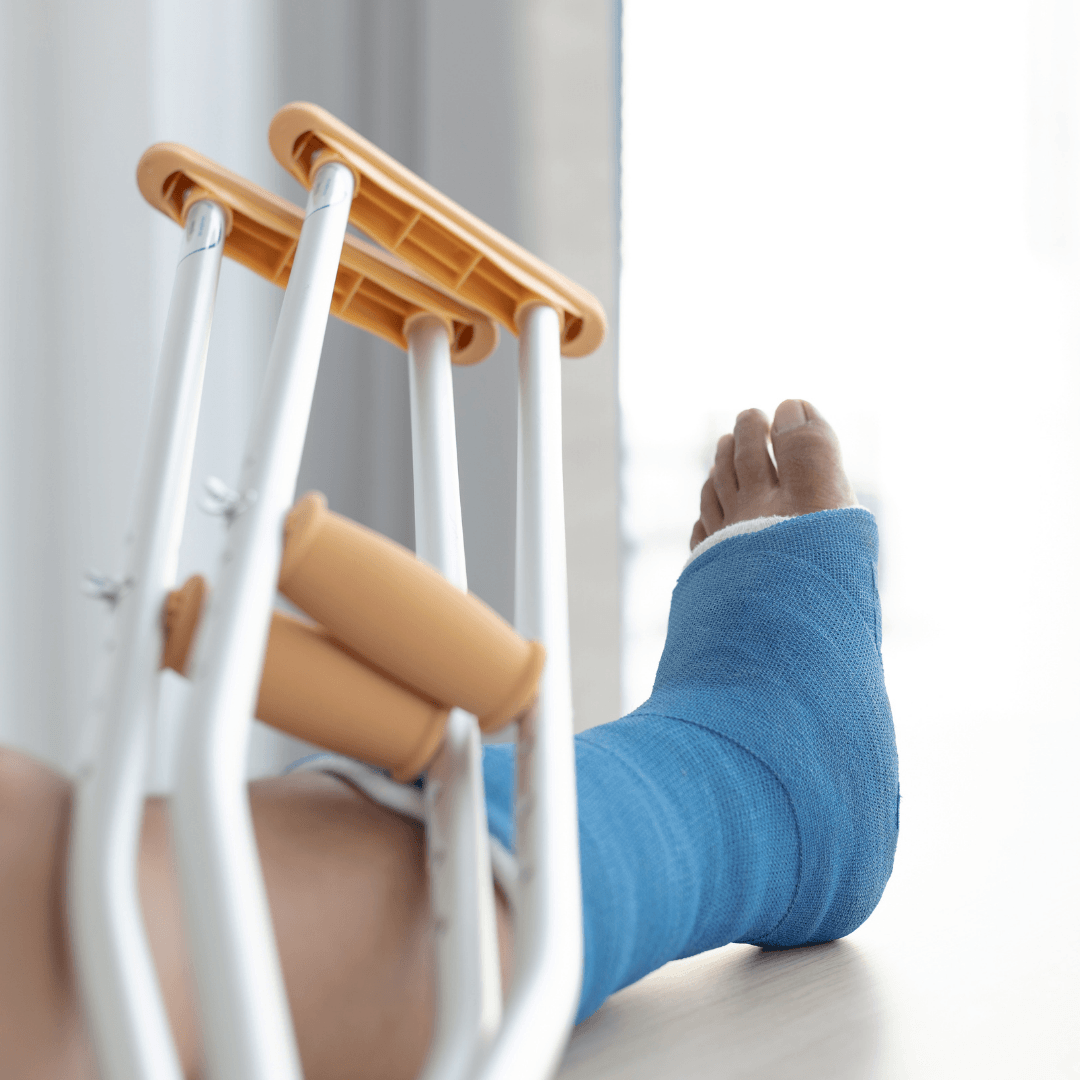
If you have high arches or flat feet, consider using arch supports to help your feet handle the impact caused by running or other quick stop-start sports. You also can use shock-absorbing insoles to give your legs and feet more cushioning.
Keep your bones, muscles, and joints healthy by increasing your calcium and vitamin D intake. Add a multivitamin or a calcium supplement that will give you 1,300 milligrams of calcium and 400 micrograms of vitamin D per day.
Strengthen your core and hips because if you’re weak in that area, that can contribute to pain in your legs and feet. Building your glute muscles helps make your body stronger and more healthy overall, especially if you spend a lot of time sitting.
Improve your flexibility with regular stretching and consider adding yoga to your exercise routine.
How To Treat Shin Splints
Shin splint treatment options vary slightly depending on whether the pain is bone or muscle-related.
For both, start with the RICE method: Rest, Ice, Compression, and Elevation.
Rest. Take a break or try low-impact activities like biking or swimming.
Ice. Wrap ice packs in a cloth or towel and place on your shins for 15 to 20 minutes. Repeat for four to eight times each day until the pain subsides.
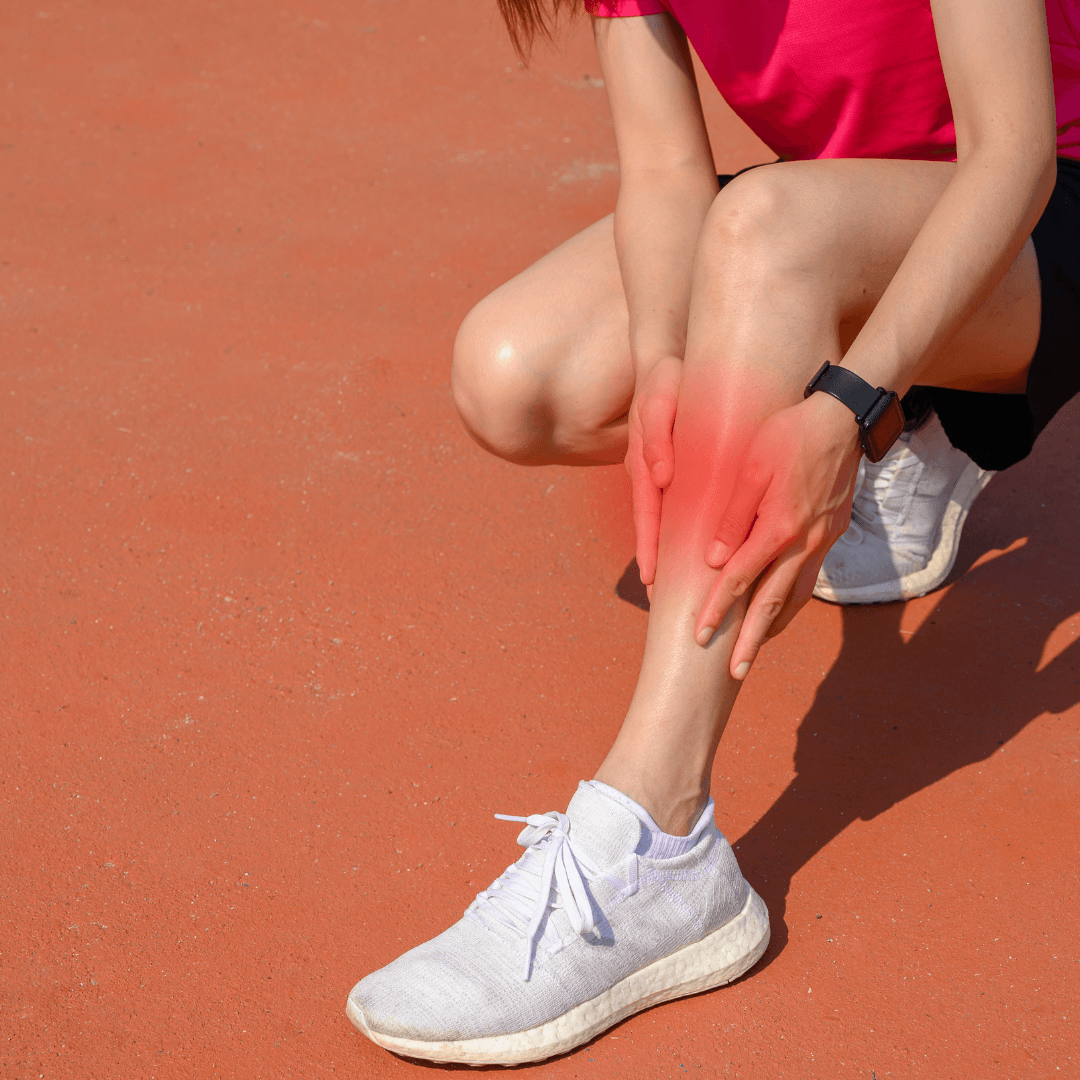
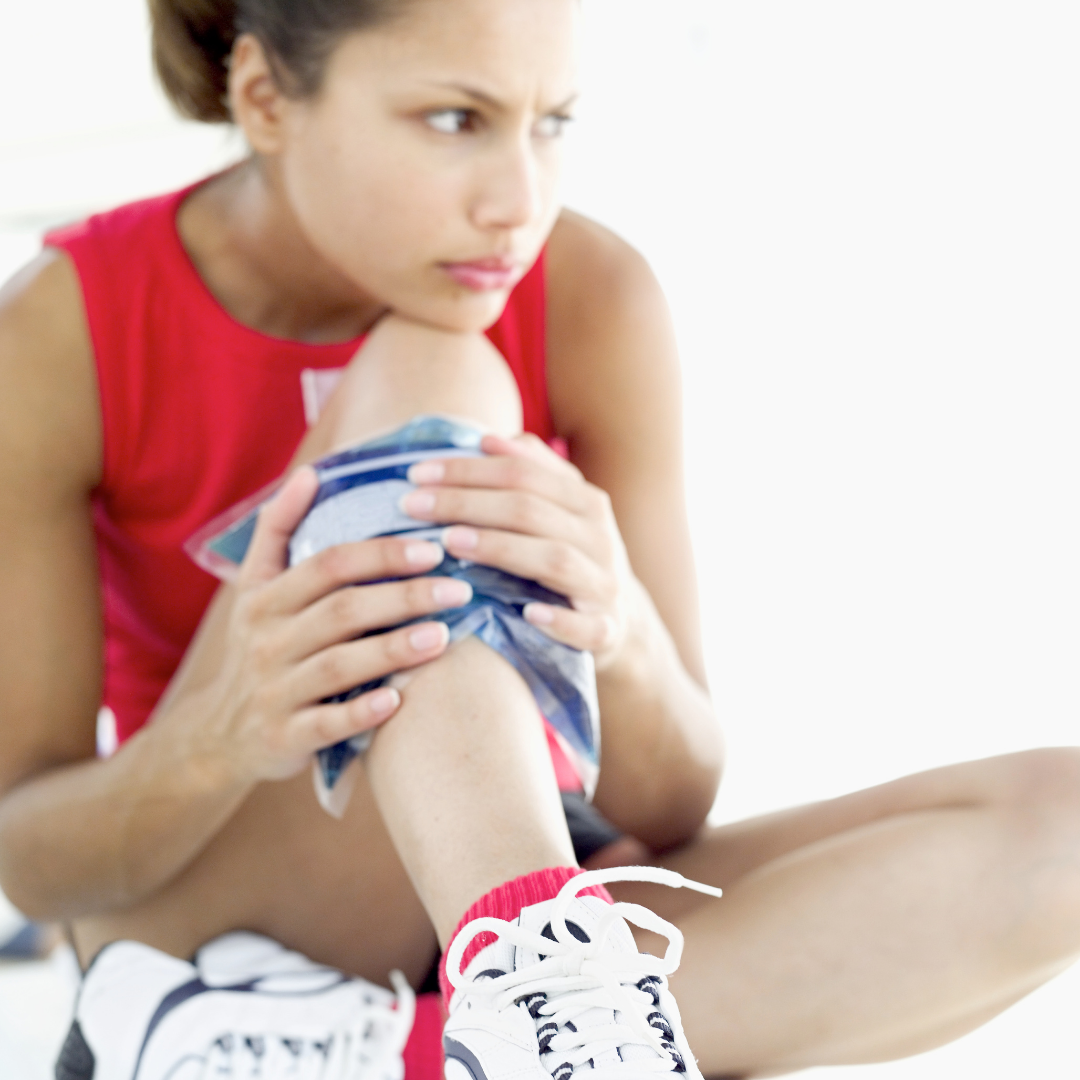
Compression. Consider wearing a calf compression sleeve to help reduce inflammation and swelling.
Elevation. Put your legs on a pillow while you ice them. Keeping your legs elevated helps reduce swelling.
If your shin splints are bone-related, start by balancing your exercise routine so you don’t focus only on your legs. Rather than run, try swimming or riding a bike.
You also should consider seeing a doctor. Stress injuries can become stress fractures that take time and complete rest to heal.
If your pain is muscular, add massage or stretching to the RICE method.
You also can use a foam roller to help loosen the fascia (connective tissue under the skin that attaches to the muscle). Kneel on your foam roller and gently slide your shins and calves over the roller a few times each day. Focus on rolling the leg between your knee and ankle.
Shin Splint Stretches
Stretching after your workout helps keep your muscles healthy and maintains joint health. If you’re experiencing pain or muscle tightness, shin splint stretches can help alleviate that issue.
Kneeling Shin Stretch
Start by kneeling with the tops of your feet flat on your mat or floor. Your glutes should rest on your heels. Hold the stretch for 15 to 20 seconds. Do not do this stretch if it causes pain in your knees.
Lying Shin Stretch
Lie on the floor on your side. Bend your upper leg so your foot is behind you. Reach back with your arm and hold your foot, gently pulling it toward your back. Hold for 15 to 20 seconds. Switch sides and repeat.
Serious Concerns
Sometimes the pain goes beyond a simple ache. Shin pain also can be caused by tibial stress fractures and compartment syndrome.
Bone-related shin pain is caused when your shin bone actually swells. If you continue irritating the bone, you can experience a stress fracture and the bone will break. Not only is that painful, but you’ll also need to take an extended break from exercising to let your leg heal.
In some extreme cases, shin pain can be compartment syndrome. Signs of compartment syndrome, also known as exertional compartment syndrome, include stiff, tight muscles, and pain that gets worse during exercise but fades quickly after you stop. Runners typically experience compartment syndrome in both legs at the same time.
Exertional compartment syndrome is caused by exertion, unlike compartment syndrome, which is much more serious and is caused by severe injuries or infection.
If you’re not sure what’s causing shin pain, or it continues despite rest or other shin splint treatment, consult your doctor.
The Final Word
To reduce the likelihood you’ll develop shin splints, ramp up your workouts gradually.
You’ll be happier and healthier if you gradually increase the frequency and duration of your workouts.
Also, don’t focus on doing just one thing. Cross-training not only makes you stronger, but it also will give your body better balance.
